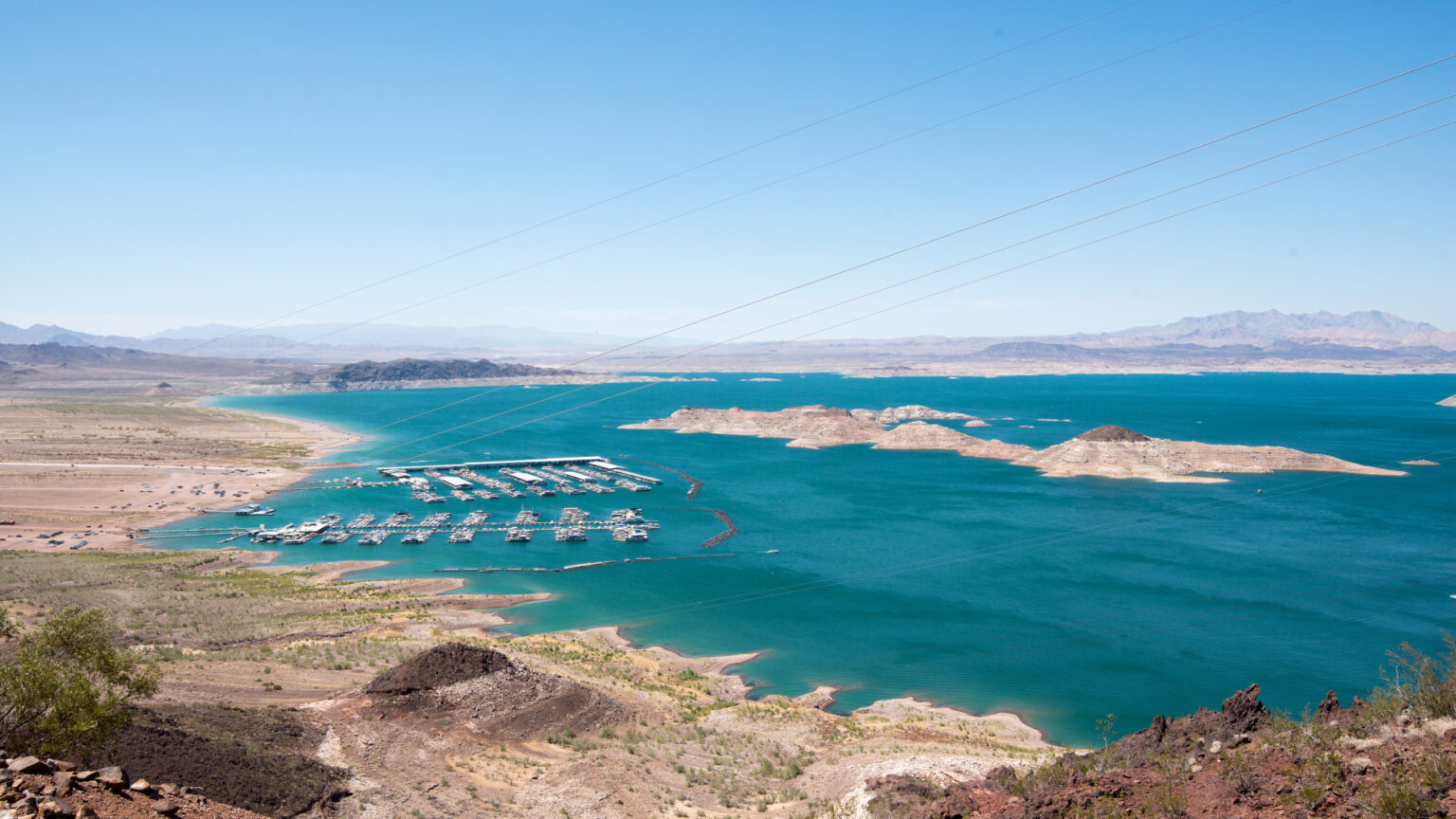A sunken speedboat has resurfaced from Lake Mead, highlighting ongoing water declines and persistent drought warnings for the Southwest.
The vessel, visible above the lake’s surface for the first time since 2022, comes amid repeated warnings about dwindling levels at the vital reservoir.
Why It Matters
Lake Mead is a vital water source for millions of people across Nevada, Arizona, California, and parts of Mexico. Its declining levels could potentially jeopardize municipal water supplies, agricultural irrigation, and hydroelectric power generation.
What To Know
On Thursday, Las Vegas news station KLAS reported that the boat was protruding roughly eight feet above the lake’s surface.
Previous reports said the speedboat sank with personal items still inside, including a small teddy bear, though no visible tags were on its hull and no personal papers were inside the vessel.
Lake Mead is the largest reservoir in the U.S., with a capacity of nearly 29 million acre-feet of water. It is followed closely by Lake Powell, which can hold some 26 million acre-feet.
Runoff to Lake Powell was recently forecast at just 55 percent of the average, down from previous estimates of 67 percent, due to disappointing winter snowpack.
Lake Mead, which receives flows from Lake Powell, hit critically low levels during the summer of 2022 following years of drought. Levels have somewhat recovered since.
At the time of writing, Lake Mead’s water levels were 1,059.47 feet mean sea level, 169.53 feet below its full pool of 1,229, according to Lakes Online, an online resource for lake and reservoir information.
What People Are Saying
Kyle Roerink, executive director of the Great Basin Water Network, told the Las Vegas Review-Journal: “It’s going to be a painful summer, watching the levels go down. We’re getting to those dangerous levels we saw a few years ago.”
“These types of runoff conditions make water managers nervous. They make NGOs nervous, and they certainly make water users nervous.”
Colby Pellegrino with the Southern Nevada Water Authority told KSNV: “I think the reality is everyone needs to use less water. Right now we’re using more water than mother nature is providing us. That water is used in seven states and the country of Mexico. It’s shared in cities and in agriculture. Everybody’s gonna have to do their part to use less water.”
What Happens Next
A recent study suggested that raising wastewater recycling to 40 percent in the Colorado Basin could conserve nearly 900,000 acre-feet annually, potentially supplying nearly two million households.
Meanwhile, the states that depend on the Colorado River have been in talks to establish new water-sharing agreements by 2026.
Read the full article here

